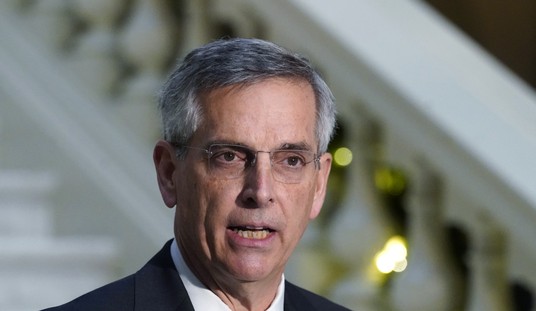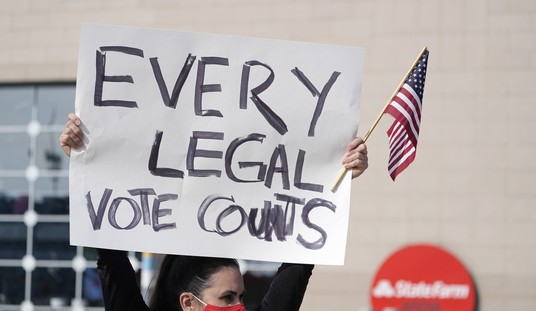In the United States, the national debt now equals 100 percent of gross domestic product (GDP), and is still growing. With the retirement of the baby boomer generation, 78 million additional people will turn to the federal government for Social Security, Medicare and Medicaid benefits — roughly $40,000 per beneficiary per year, on the average. If we continue on the current course, the federal government will need to more than double the tax revenues it now collects by the time we reach midcentury, according to the Congressional Budget Office. At the same time the government prepares to take more of our income, it is also making it increasingly harder to earn that income. Additional taxes and regulations are raising the cost of labor, reducing the rewards for working and making the economy less productive than it could be.
Why are we having these problems? What can be done about them?
The main reason for the growth of government in the 20th century was the creation of programs designed to protect the middle class against certain risks. This took the form of social insurance against contingencies most people could not easily insure against on their own in the private marketplace. In the United States, the federal government provides an income, pays medical bills and covers a large part of the cost of long-term care for people during their retirement years. For people of working age, the federal government is insuring against disability and unemployment. State governments are also involved — forcing employers to insure workers for injury, death and disability on the job.
In almost all cases, government insurance is monopoly insurance, instead of a service that arose through competition in the marketplace. Government insurance is also subject to special interest political pressures that undermine its rational provision. As a result:
• Social insurance is almost always more expensive than it needs to be. Disability insurance in the United States and Europe, for example, is twice as expensive as private disability insurance in Chile. Both Medicare’s health insurance for the elderly and the disabled and Medicaid’s long-term care insurance cost about twice as much as well-designed private insurance should cost.
• Social insurance is impervious to consumer needs. Medicare, for example, covers many small expenses that the elderly could easily afford to pay for out of pocket, while leaving seniors exposed for thousands of dollars in catastrophic costs. Both Medicare and Medicaid prevent patients from adding out-of-pocket expenses to the government’s fees in order to purchase timelier, higher quality care.
Recommended
• Social insurance is almost always one-size-fits-all, ignoring important differences in individual needs. Social Security, for example, completely ignores other sources of retirement income and prevents seniors from using their government annuity, say, to purchase assisted living.
• Social insurance often provides benefits that are of poor quality. Many seniors, for example, pay three separate premiums to three separate health plans and yet still lack the comprehensive coverage that many nonseniors take for granted.
• Social insurance is almost never accurately priced. Because unemployment insurance premiums fail to reflect the real probability of unemployment, the program actually encourages employers to provide seasonal, rather than year-round, jobs. Because workers' compensation insurance is not accurately priced, employers face highly imperfect incentives to make their work places safer.
• Social insurance almost always creates perverse incentives. Social Security encourages early retirement. Medicare and Medicaid encourage the wasteful over-use of medical resources. Unemployment insurance is almost literally paying people not to work.
• Long term social insurance is almost never properly funded. Because of the temptation to spend payroll tax revenues that are not needed to pay social insurance benefits on other politically popular programs, social insurance is almost always operated on a pay-as-you-go basis. This has resulted in huge unfunded liabilities both in this country and abroad.
Is there an alternative to all this? Fortunately, yes. Singapore is a country that has no social security system and it has also avoided most other welfare state institutions of developed countries. Yet no one in Singapore is starving. It has the highest rate of home ownership in the world and the vast majority of people reach the retirement age with substantial assets.
How do they do it? In Singapore, people are required to save a substantial part of their income to meet basic needs. But they have considerable discretion over how the funds are invested and they have very wide discretion about how they use their savings to meet their needs.
Chile is another country that has been exceptionally innovative in liberating people from social insurance institutions. Chileans are required to save in individual retirement accounts. But once they have saved enough to purchase an annuity to provide a minimum retirement income, they have complete discretion over what they do with the remaining funds — even if they are only middle aged.
Chile also has the world’s most innovative disability insurance system and the world’s most innovative unemployment insurance system. Both systems involve substantial individual control over resources and leave individual workers with considerable freedom to make their own decisions.
Other countries around the world have been catching up. More than 30 countries have completely or partially privatized their social security systems with individually owned accounts. There is much to be learned from these experiences.

























Join the conversation as a VIP Member